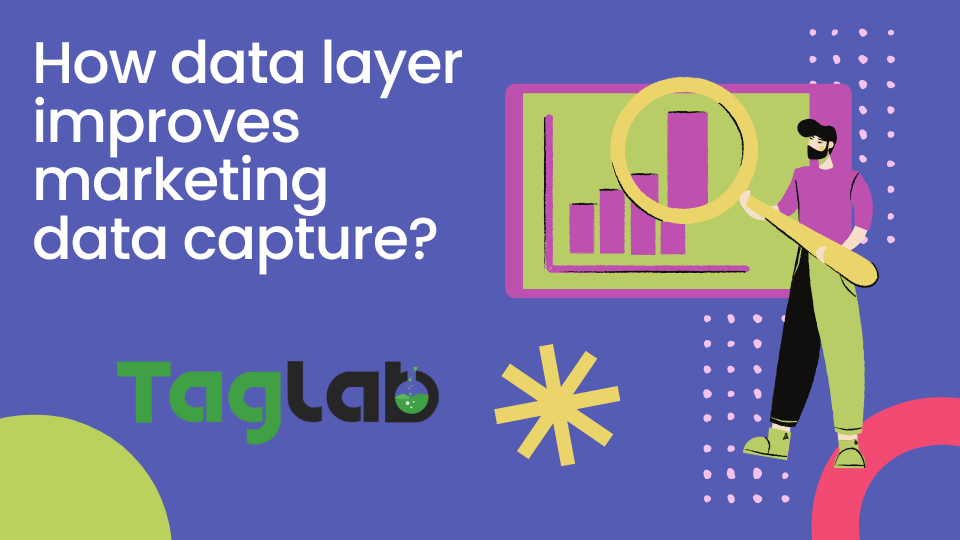Your cart is currently empty!
How data layer improves data capture and integration in marketing and analytics platforms?
Posted by:
|
On:
|
What is a Data Layer?
A data layer is a structured code snippet that contains information about a website or web page’s content and behavior. It is a standardized way of organizing data on a website or web page that helps businesses capture and integrate data into analytics platforms. It is usually implemented using JavaScript, and it acts as a bridge between the website or web page and the analytics platform. Learn more in details.
The Importance of a Data Layer in Data Capture and Integration
It is essential for businesses that want to capture and integrate data from their website or web page into analytics platforms. Here are some reasons why a it is important:
- Consistent Data: It ensures that data is captured consistently across all pages of a website or web application, making it easier to integrate and analyze the data in analytics platforms.
- Better Tracking: It helps businesses to capture more accurate data on user behavior, such as clicks, form submissions, and transactions, which can help them better understand their audience and optimize their online campaigns.
- Easier Integration: It simplifies the process of integrating data into analytics platforms, reducing the need for custom code and making it easier for non-technical users to implement and debug.
How to Implement a Data Layer
To implement a data layer, businesses need to add a code snippet to their website or web page’s HTML before the tag manager script. The data layer should include information about the content and behavior of the website or web page, such as page name, product name, category, and user behavior and in most cases require developers or system integration interventions to fetch data from several sources such as CRM, CMS, and other data sources containing client or product information. Once it is implemented, it can be used to capture and integrate data into analytics platforms, such as Google Analytics or Adobe Analytics through a tag management system. Read more in details on how to set it up correctly and what are some advanced data layer techniques.
Using Data Layer as a Universal Component
The data layer can act as a universal component that helps businesses capture and integrate data from various analytics and marketing platforms. By using it to capture data consistently across all platforms, businesses can avoid data discrepancies and ensure data accuracy. This can be especially helpful for businesses that use multiple analytics platforms, such as Google Analytics, and Adobe Analytics.
Using Push Events to Configure Tag Management System Triggers
Tag management systems (TMS) help businesses manage the implementation of tracking tags on their website or web page. By using data layer push events, businesses can configure TMS triggers to fire tags based on user behavior, such as clicks or form submissions. This can help businesses optimize their online campaigns and improve their ROI by ensuring that tracking tags are firing accurately and efficiently.
Using Custom Dimensions to Enhance Data Analysis
Custom dimensions are user-defined fields that allow businesses to capture and analyze additional data beyond the default data captured by analytics platforms. By using data layer variables to capture custom dimensions, businesses can gain deeper insights into their audience’s behavior and preferences. For example, a business could use custom dimensions to track user preferences for product color or size, allowing them to tailor their online campaigns and improve their conversion rate.
In conclusion most enterprises with advanced digital marketing capabilities implement structured data objects and layers to leverage digital and web analytics data collection, but most of them struggle to command implementations due to several factors that impact the implementation accuracy and quality. Thus it is important to have proper auditing and quality assurance frameworks in place. TAGLAB offers several specialized solutions in such quality assurance and compliance validation.
[smart_post_show id=”16588″]




